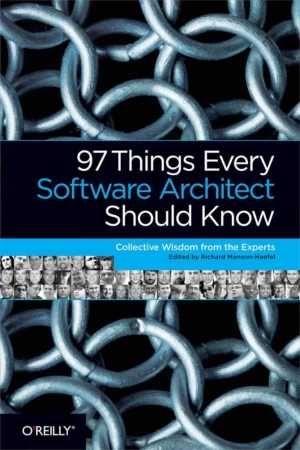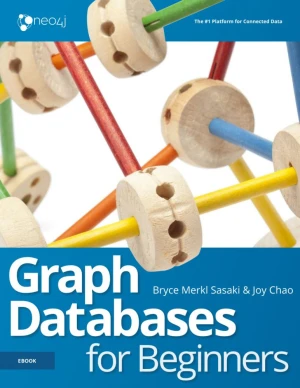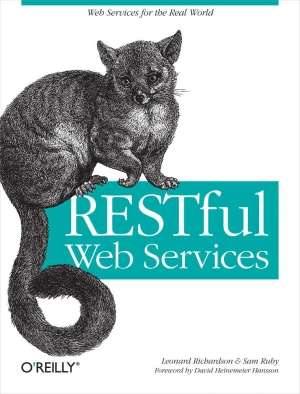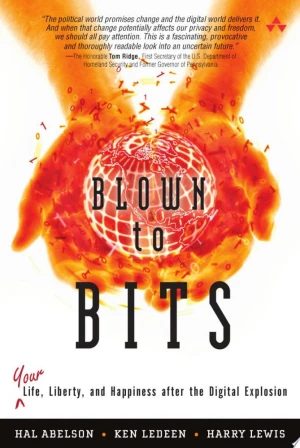C++ Today
The Beast is Back

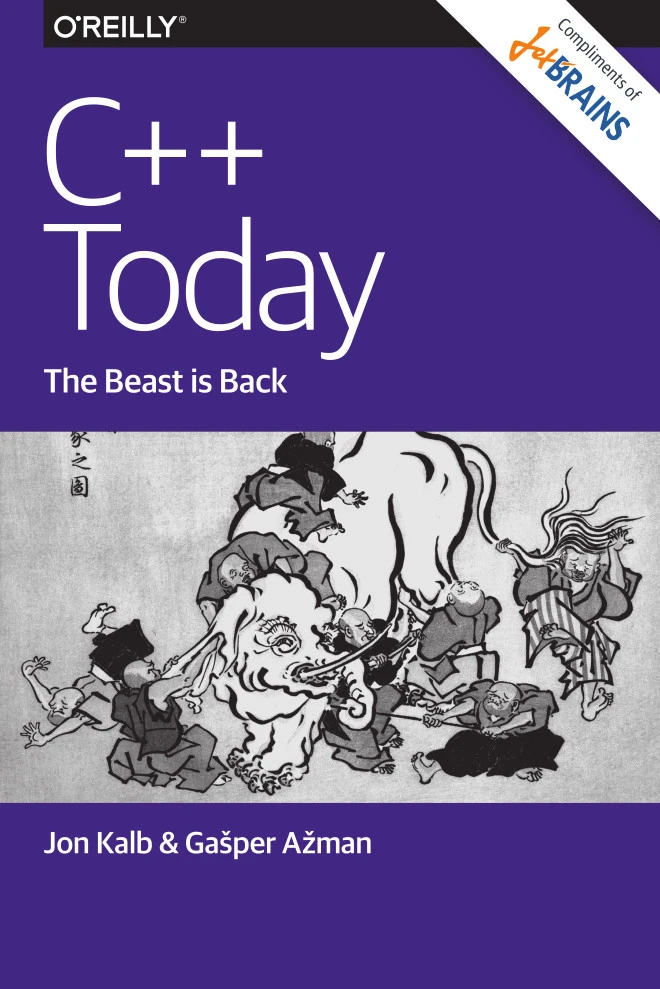
Book Details
| Authors | Jon Kalb, Gašper Ažman |
| Publisher | O'Reilly Media |
| Published | 2015 |
| Edition | 1st |
| Paperback | 74 pages |
| Language | English |
| ISBN-13 | 9781491927595, 9781491931660 |
| ISBN-10 | 1491927593, 1491931663 |
| License | Compliments of JetBrains |
Book Description
Now that software development is shifting primarily toward mobile and cloud computing, the venerable C++ programming language is returning to the dominant position it held during the object-oriented boom of the 1990s. In this O'Reilly report, you'll learn why C++ is once again the preferred choice across several diverse industries, after taking a backseat to Java during the 2000s.
C++ is a complicated beast that's not easy to learn. But when you need a powerful, highly portable systems programming language or an application programming language with uncompromising performance, it's hard to beat. With the 2011 and 2014 updates, C++ feels like a completely new language, rather than the old C++ with new features bolted on.
Authors Jon Kalb and Gašper Ažman demonstrate how modern C++ (C++11 and C++14) provides the power, performance, libraries, and tools necessary for massive server farms as well as low-footprint mobile apps.
- Delve into the modern C++ features that are generating new interest in the language
- Learn why C++ is the only high-level language available on Apple, Android, and Microsoft mobile devices
- Explore the C++ cloud computing appeal, including performance, high portability, and low-level hardware control
- See what the future holds for C++ with proposed changes in the 2017 update.
This book is published as open-access, which means it is freely available to read, download, and share without restrictions.
If you enjoyed the book and would like to support the author, you can purchase a printed copy (hardcover or paperback) from official retailers.
Download and Read Links
Share this Book
[localhost]# find . -name "*Similar_Books*"
97 Things Every Software Architect Should Know
In this truly unique technical book, today's leading software architects present valuable principles on key development issues that go way beyond technology. More than four dozen architects - including Neal Ford, Michael Nygard, and Bill de hOra - offer advice for communicating with stakeholders, eliminating complexity, empowering developers, and m
Graph Databases For Beginners
So someone has heard about graph databases and wants to understand what all the buzz is about. Are they just a passing trend - here today and gone tomorrow - or are they a rising tide that businesses and development teams can't afford to ignore? Whether they're a business executive or a seasoned developer, something - perhaps a pressing business ch
Enterprise Cloud Strategy, 2nd Edition
Enterprise Cloud Strategy - Guidance for enterprises looking for proven methods to take their application portfolio to the cloud. What if you were able to achieve both efficiency and innovation in all business domains and applications across your entire portfolio? What if you could take advantage of the cloud and all of its resources and features t
RESTful Web Services
You've built web sites that can be used by humans. But can you also build web sites that are usable by machines? That's where the future lies, and that's what RESTful Web Services shows you how to do. The World Wide Web is the most popular distributed application in history, and Web services and mashups have turned it into a powerful distributed co
Blown to Bits
For thousands of years, people have claimed that the world is changing and will never be the same again. Yet the profound transformations occurring today are fundamentally different, as they stem from a specific technological advancement. It is now possible, in principle, to preserve everything anyone says, writes, sings, draws, or photographs - ev
The Computers That Made Britain
The home computer boom of the 1980s brought with it now iconic machines such as the ZX Spectrum, BBC Micro, and Commodore 64. Those machines would inspire a generation. Written by Tim Danton. The Computers That Made Britain (300 pages, hardback) tells the story of 19 of those computers - and what happened behind the scenes. With dozens of new inter

